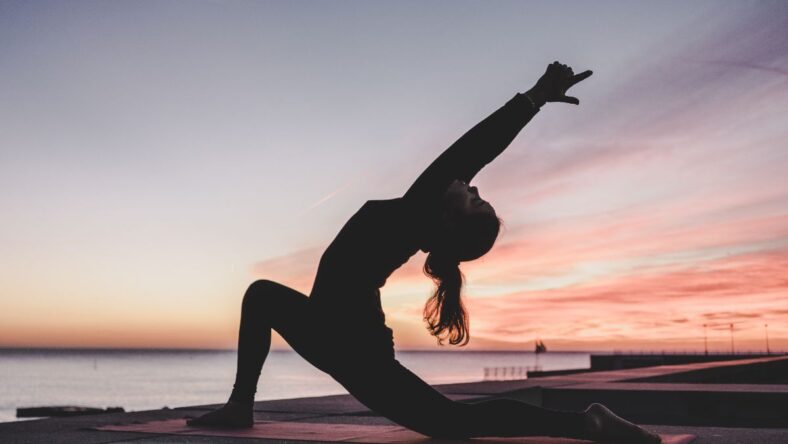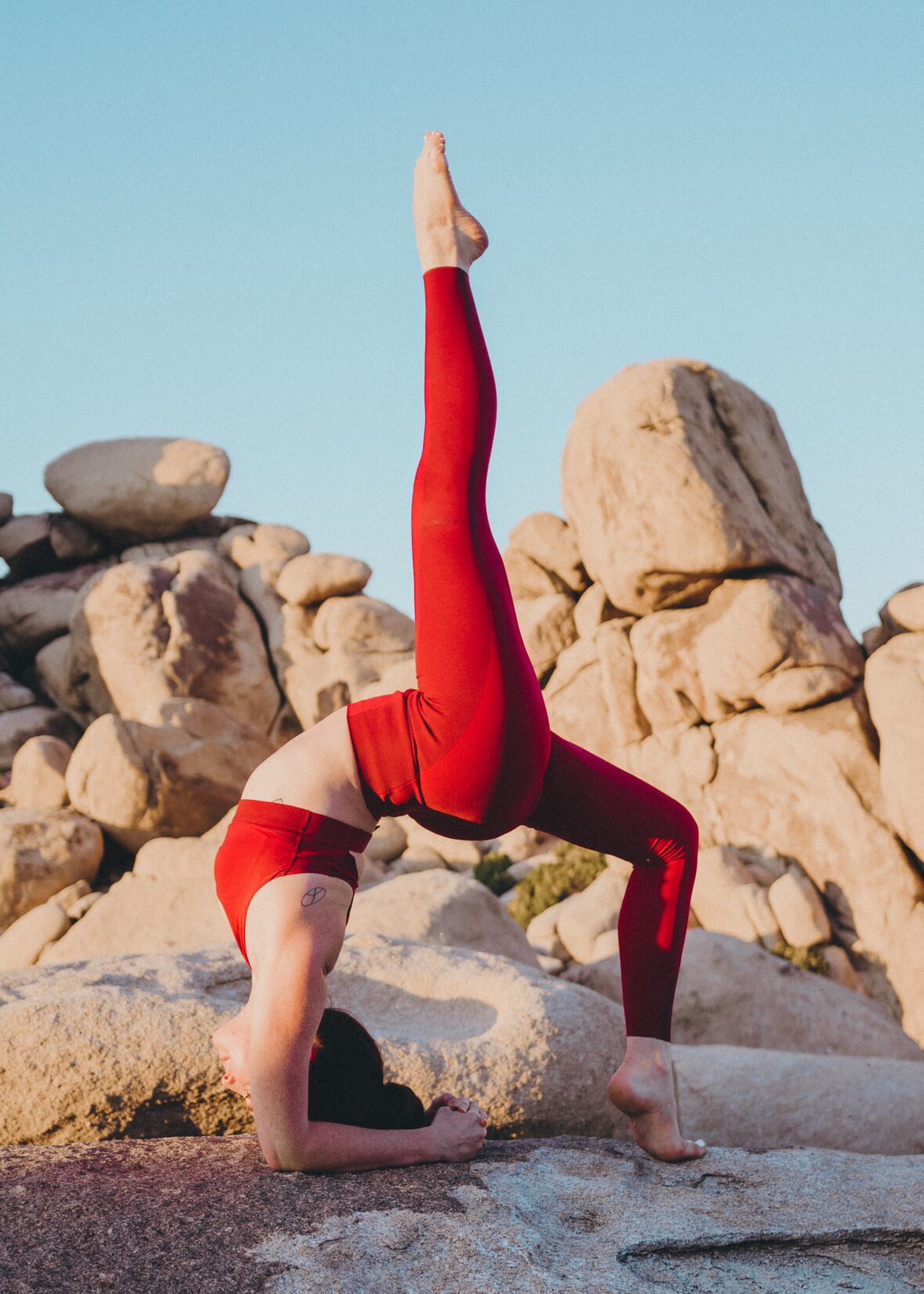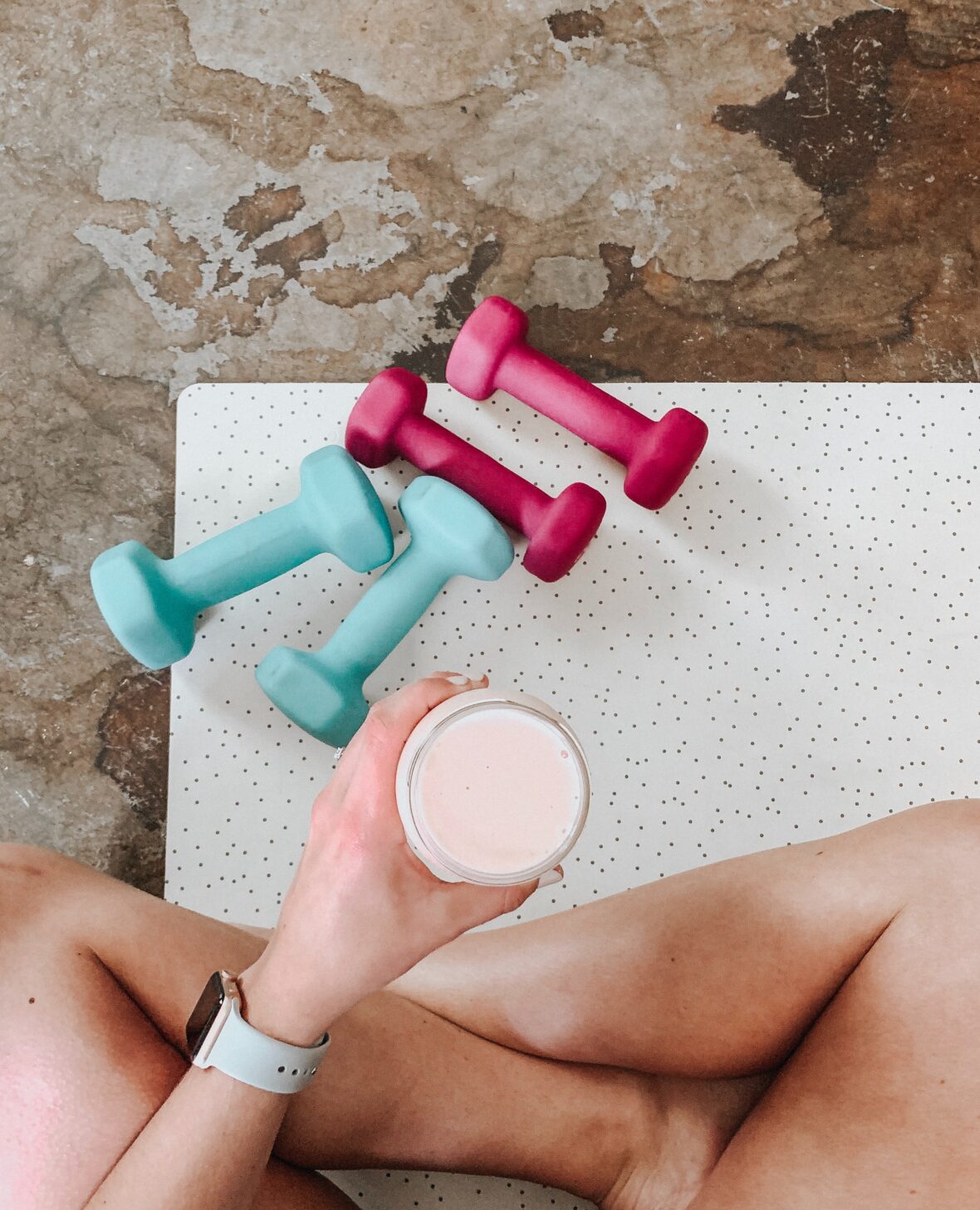
Exercising can be very difficult, especially when building a routine. But adding hormones into the mix is even worse. What most believe is just a weeklong battle of cramps and cravings is actually a 30-day cycle, making it important to sync up how you should exercise based on your menstrual cycle.
A workout that feels great at the beginning of the week might not be manageable later that month. Knowing what stages your body is in while building a workout routine can be incredibly beneficial to your mental and physical health. So how exactly should you exercise based on your menstrual cycle?
CHECK OUT: Best Summer Wellness Trends to Try at Home
Menstrual Cycle Breakdown

The week where you are bleeding and cramping is not the one and only stage during your cycle. There are actually four main stages that you should be aware of.
Menstrual Phase
This stage starts when you begin your period and is the very first stage. The lining of your uterus begins to shed here, causing symptoms of cramps, bloating, mood swings that can cause irritability, headaches, tiredness, lower back pain and much more. Hormone levels like estrogen, which is responsible for your sexual and reproductive development, and progesterone, which is involved in pregnancy, to drop.
During this phase, you will most likely feel more tired or withdrawn, and may want to take more time to rest.
Follicular Phase
The follicular phase usually overlaps with the menstrual phase, as it starts the first day of your period and ends when you begin ovulating.
The follicle-stimulating hormone is released here, which stimulates your ovaries to produce between 5 and 20 small sacs called follicles. These sacs contain an immature egg and out of these eggs, the healthiest one will eventually mature. This phase lasts on average of 16 days but can range between 11-27 depending on your cycle.
Your body temperature will be warmer during this phase, and you’ll feel an increase in energy and clarity.
ALSO READ: Avoid These Common Exercise Mistakes
Ovulation Phase
The rising level of estrogen during the follicular phase will trigger a release of luteinizing hormone, which will start the ovulation phase. This phase is when a mature egg is released by the ovary.
Your body temperature is most likely to rise here, and you will likely release thicker discharge that has the texture of egg whites. This happens around day 14 if you have an average 28-day cycle, right in the middle of your menstrual cycle, that lasts 24 hours.
During this stage, you will feel confident, have a higher sex drive, and will be able to express your thoughts and feelings better.
Luteal Phase
After the follicle releases the egg, it will change to the corpus luteum, which releases progesterone and estrogen hormones. If you get pregnant during ovulation, your body will produce human chorionic gonadotropin, which is what pregnancy tests detect.
But if you don’t get pregnant, the corpus luteum will shrink away which causes a decrease in estrogen and progesterone levels. There are some symptoms that you will receive like bloating, mood changes, weight gain, food cravings, trouble sleeping, headaches and more. This phase lasts on average of 14 days but can range between 11-17 days.
This stage can be tricky, as the first part can help you feel a bit more productive, but the last part is notoriously difficult for women as they start to feel PMS symptoms.
Best Workouts During the Menstrual Cycle

Now that you know that each phase can be incredibly different, causing each week to feel like a different side of who you are, it’s important to know which exercises are best for each stage.
Menstrual Phase
During the early days of your period, it’s common to have lower energy so it’s best to be less active, especially if you struggle with cramps.
However, exercising can also help alleviate cramps and overall aid in your mental well-being, but it’s best to listen to your body on how much you want to do. It’s important to note that you’re not necessarily weaker just because you feel sluggish here, as you’re capable of lifting more weight and have a higher tolerance for intensity training.
The best workouts involve walking, yoga, and Pilates.
RELATED: 5-Star Healthy Dinner Recipes to Help Prepare for a Workout
Follicular Phase
The increase of estrogen and testosterone during this stage will help you build muscle, making cardio and strength training the best option for this stage.
The best workouts involve cycling, running, and weight training.
Ovulation Phase
Even though this lasts only one day, you’ll feel more energized, leaving you feeling like you can withstand high levels of exertion.
The best workouts involve HIIT, and weight training.
Luteal Phase
The week before your period could be where you see more decline in your tolerance. You might not be able to cool down quick enough, which can make exercising difficult. When working out, make sure to stay more hydrated during this time, as well as increasing your caloric intake, as you will feel hungrier during this stage.
The best workout for this stage involves swimming, walking, hiking and yoga.
